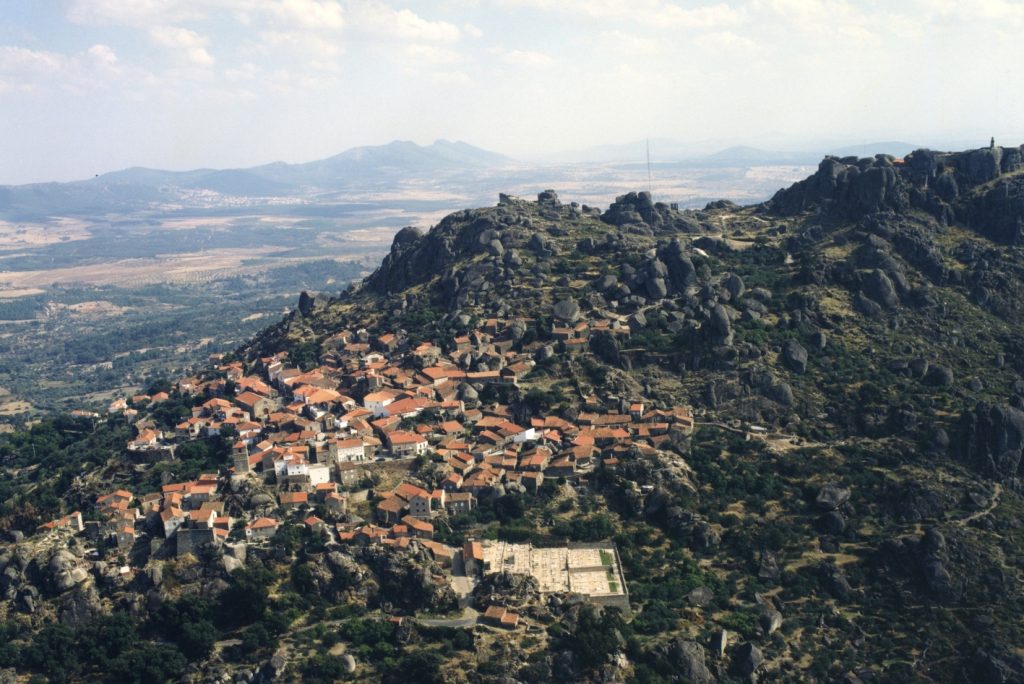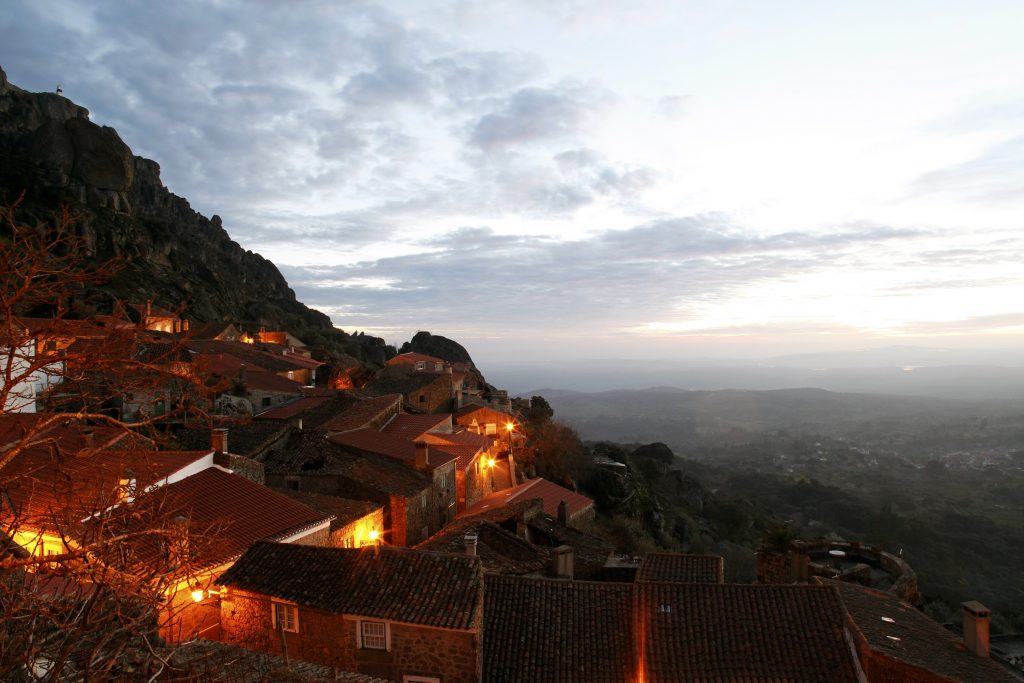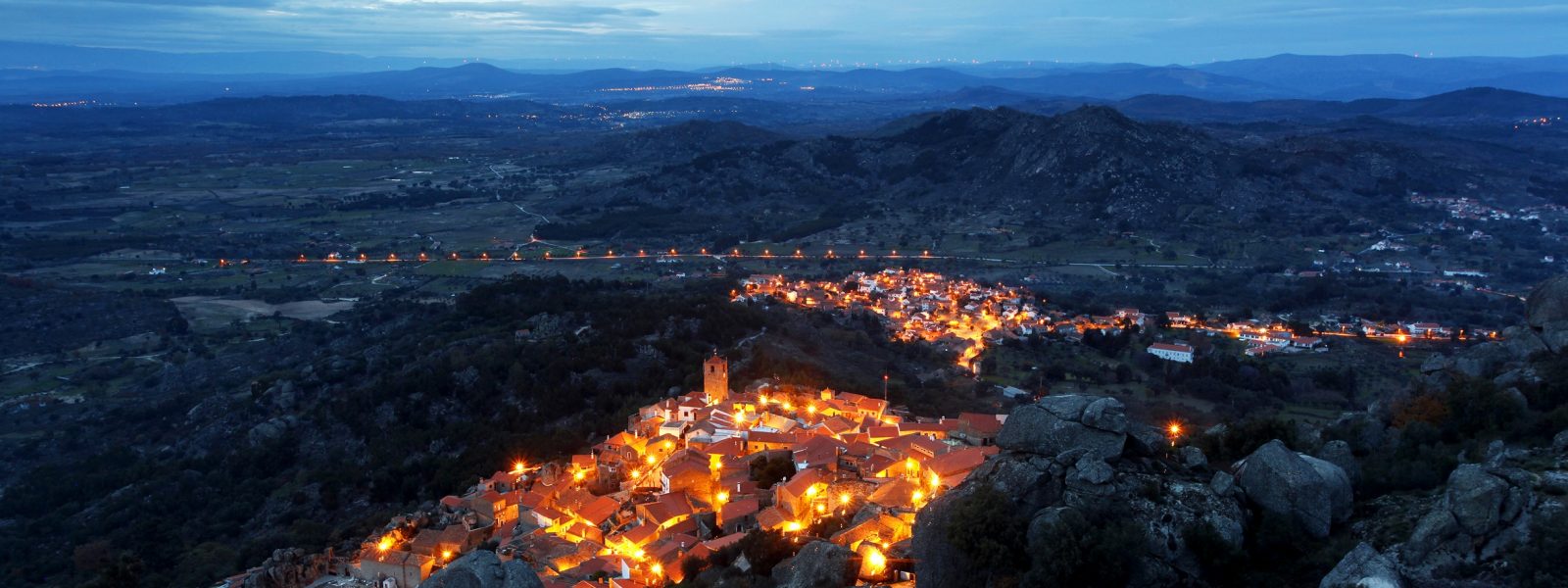Look over from the peak of its singular enchantment and behold the historical village of Monsanto. Distinguished as the Most Portuguese Village of Portugal in 1938 and as a Historical Village in 1995, Monsanto is an unforgettable experience for any visitor.

And this village also, just as the others that compose the Network of the Historical Villages of Portugal, has stories to tell of its origin that the people never forgot.

Legend has it that many years ago, the Monsanto village was under siege by Roman troops. At the time, the people were starving so much that they were afraid that they would have no other choice than to surrender to the Romans. The alcaide of Monsanto had a very pretty daughter, who took care of the family’s calves. Seeing the village’s survival at risk, he ordered his daughter to leave the village. But the daughter did not want to leave the father to the will of the Romans and decided to stay with him.

Worried about his men, who, valiant as they were, continued to fight against the Romans, the alcaide asked the daughter to give the calves over for the men to have something to eat. After all, there was nothing to eat, and soon they planned to surrender. But the daughter had an idea: She kept the fattest calf and showed the Roman soldiers, so that they could see how much food they had – to which the father added that the calf had been left over from dinner the day before. The soldiers were surprised; they thought they were winning the battle. The situation demoralized the soldiers, who ended up leaving Monsanto – and the people were finally saved! The people of Monsanto were so happy that they celebrated with music, food, and tons of excitement.

In fact, Monsanto’s origins date back to the Paleolithic period. Archeological traces register a Lusitanian hillfort and Roman occupation in the field named S. Lourenço at the foot of the mountain – demonstrating the potential veracity of this legend. Traces of the presence of Visigoths and Arabs were also found. Just as in the other 12 Historical Villages of Portugal, several peoples occupied Monsanto and left their mark, making these places rich in archeological, urban, and cultural heritage.

These peoples left so much in Monsanto for us to discover today, legacies conserved in time that let us understand our History better. For example, the old bell tower featuring the symbol that made Monsanto the “most Portuguese Village of Portugal,” the Torre do Lucano, or the Watch Tower, stands out. It is surmounted with a replica of the Galo de Prata, in forged iron, a trophy from the contest created by the Secretariat of National Advertising that issued Monsanto the title of the most Portuguese Village of Portugal.

On a visit to the Historical Villages – one destination that is in fact 12 – it’s worth stopping in Monsanto to be stunned by “how Portugal” one little place can be.






No Comments